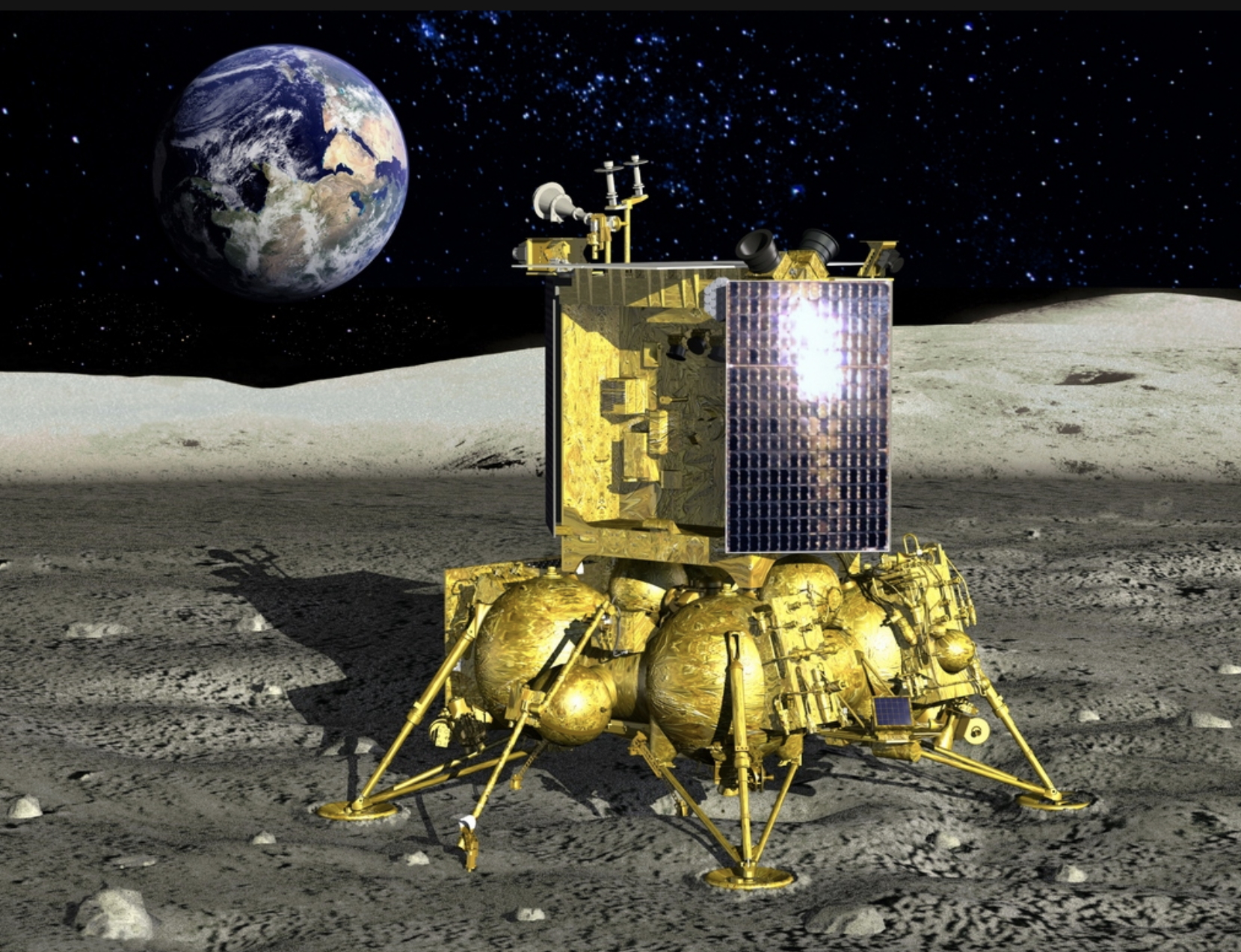Luna-25, will touch down on the south pole, 23rd August 2023

The first mission from Russia to the moon in 47 years, Luna-25, will touch down on the south pole, a location that has never been visited. The mission is equipped with a number of scientific tools to investigate the moon’s atmosphere, surface, and dust as well as search for signs of water ice. Future moon trips will be made possible with the support of the Luna-25 mission’s success, which will be a significant turning point for Russia’s space program.
Here are all the specifics of the Russian Luna-25 moon mission:
Launch: The Luna-25 mission was launched from Russia’s Vostochny Cosmodrome on July 2, 2023, at 23:10 UTC (7:10 pm EDT, 2:10 am August 11 Moscow Time). A Soyuz-2.1b rocket with a Fregat upper stage was used for the launch.
Destination: The south pole of the moon is where the Luna-25 mission is going. The south pole of the moon has never been explored by people or robots. It is expected to be rich in water ice, which could help future human journeys to the moon.
The landing: On August 23, 2023, the Luna-25 spacecraft is slated to touch down in the south pole of the moon. The landing will take place in the Boguslawsky Crater area. The Luna-25 spacecraft will be able to land safely in the crater since it is expected to be rather level and has a diameter of roughly 18 kilometers (11 miles).
- Payload: Numerous scientific tools are aboard the Luna-25 spacecraft, including:
- A robotic arm: Samples of the lunar regolith will be collected using the robotic arm.
- A camera: The camera will be used to take pictures of the moon’s surface.
- A spectrometer: The spectrometer will be used to analyze the make-up of the lunar regolith.
- A magnetometer: The magnetometer will be used to study the moon’s magnetic field.
Mission objectives: The mission’s primary objectives are to:
- First spacecraft to touch down on the south pole of the moon.
- Take regolith samples from the moon.
- Examine the dust and atmosphere of the moon.
- Look for indications of water ice.
Importance: A major achievement for Russia’s space program is the Luna-25 mission. It also reflects the rising global enthusiasm for lunar exploration. Scientists will be able to learn more about the moon and its possibilities for further exploration thanks to the data gathered by the Luna-25 mission.
Our knowledge of the moon has advanced significantly as a result of the Luna-25 mission. Future lunar trips can be planned with the use of the mission’s data, which will also help scientists better comprehend the moon’s genesis and evolution. I’m eager to learn what the Luna-25 mission finds, and I have no doubt that it will significantly advance our understanding of the moon.
For More Visit Russian Space Agency Official Site: https://www.iafastro.org/membership/all-members/roscosmos.html














